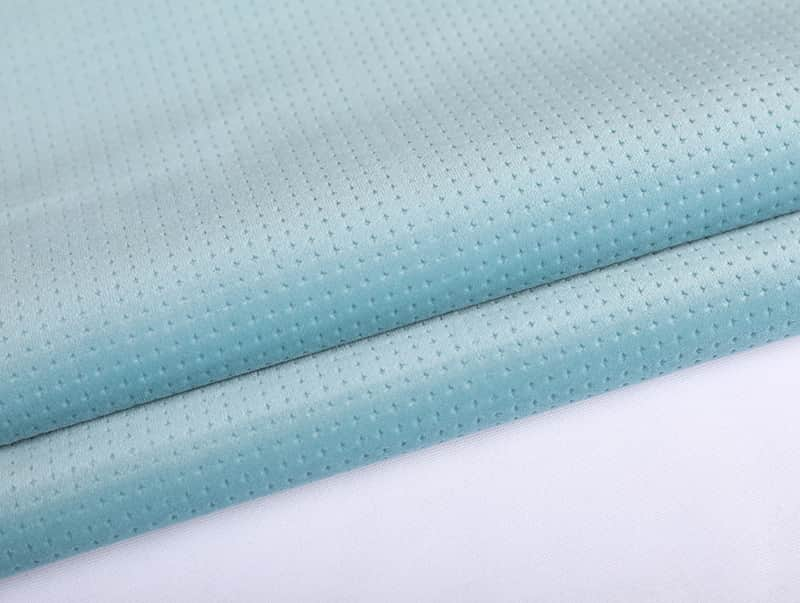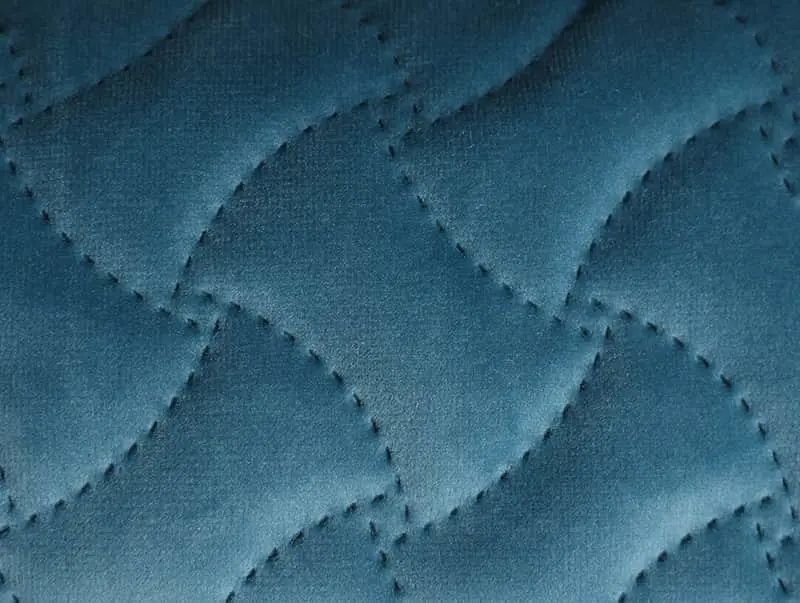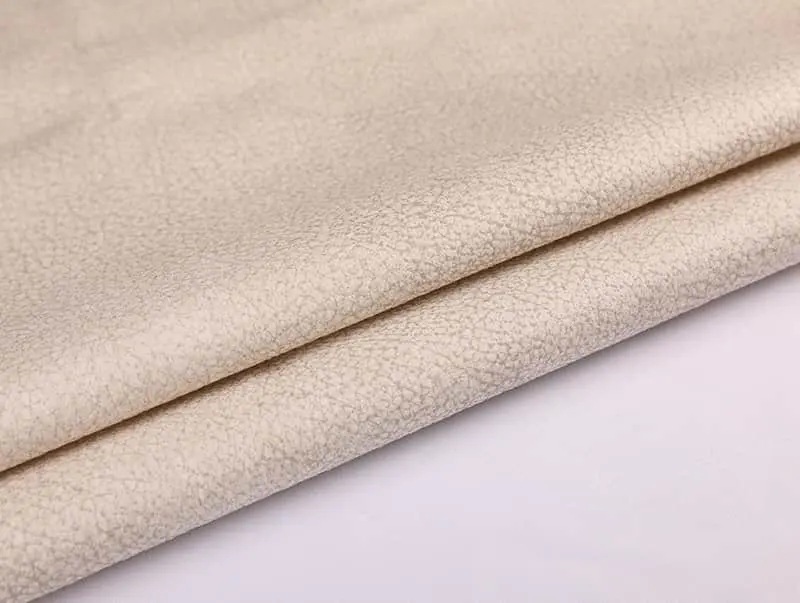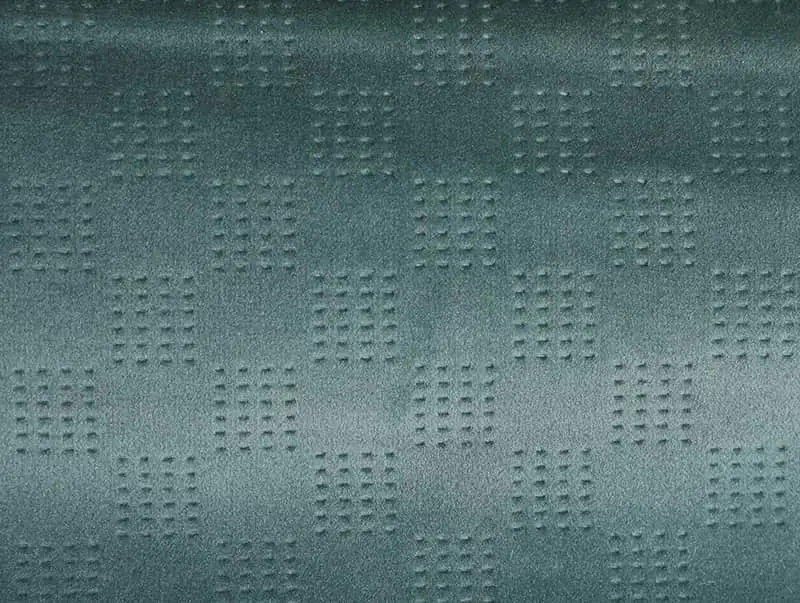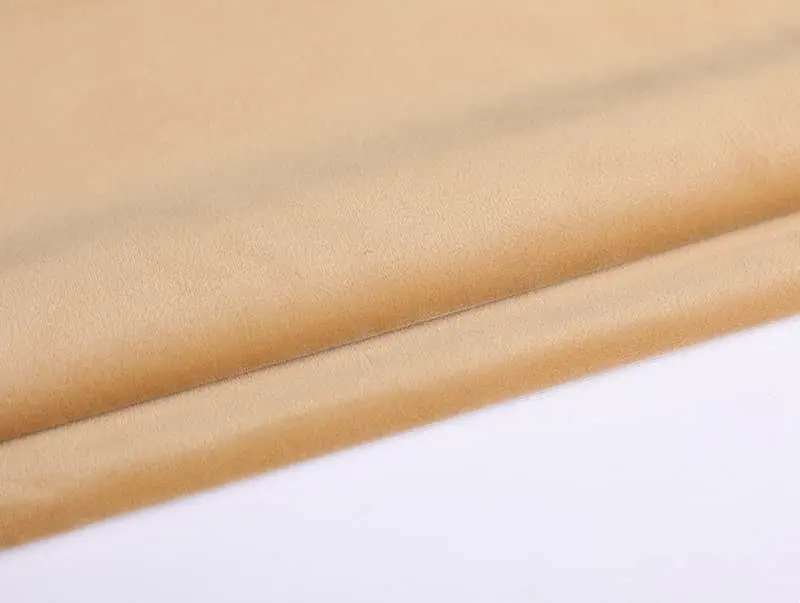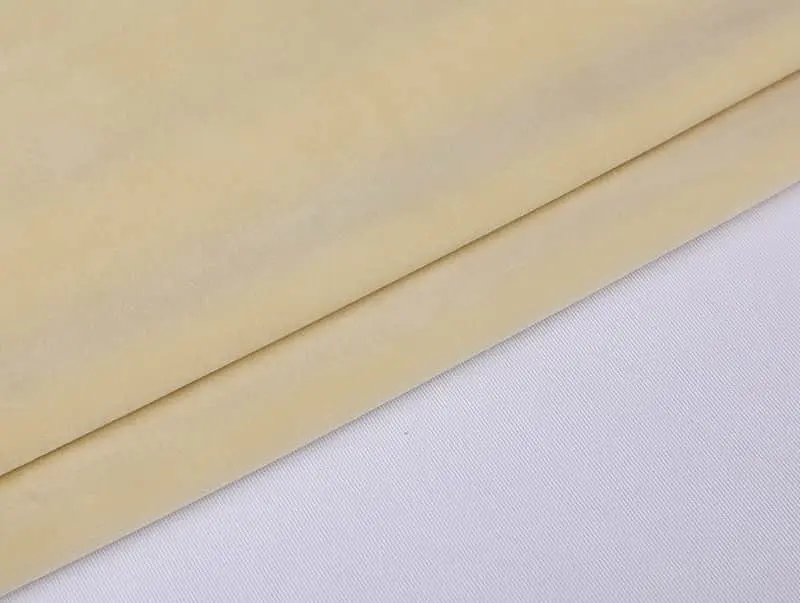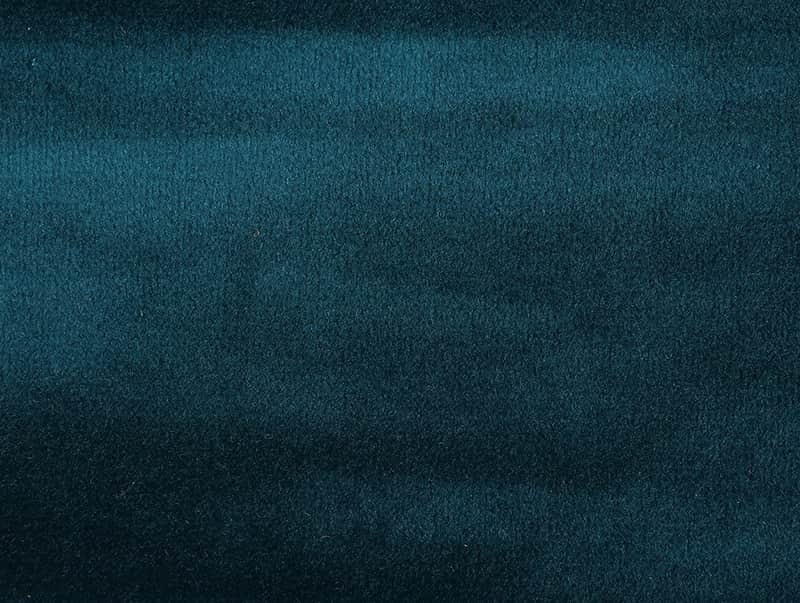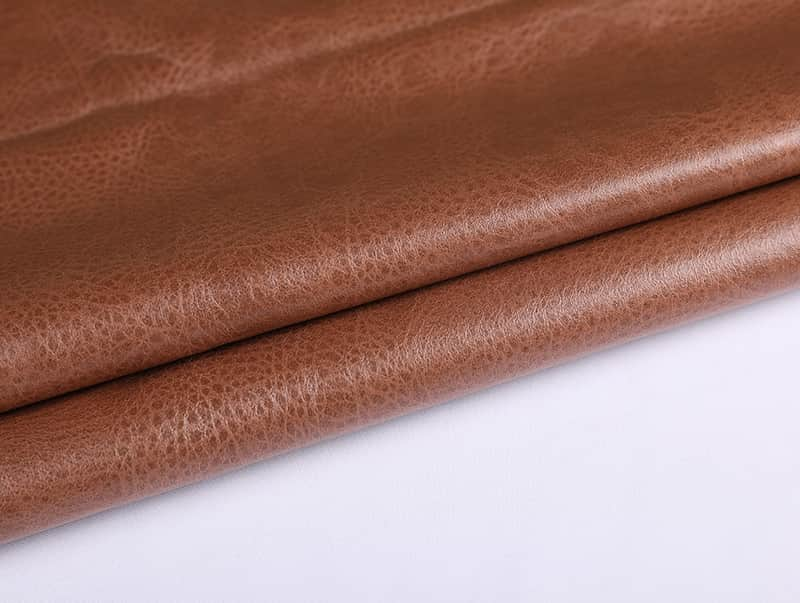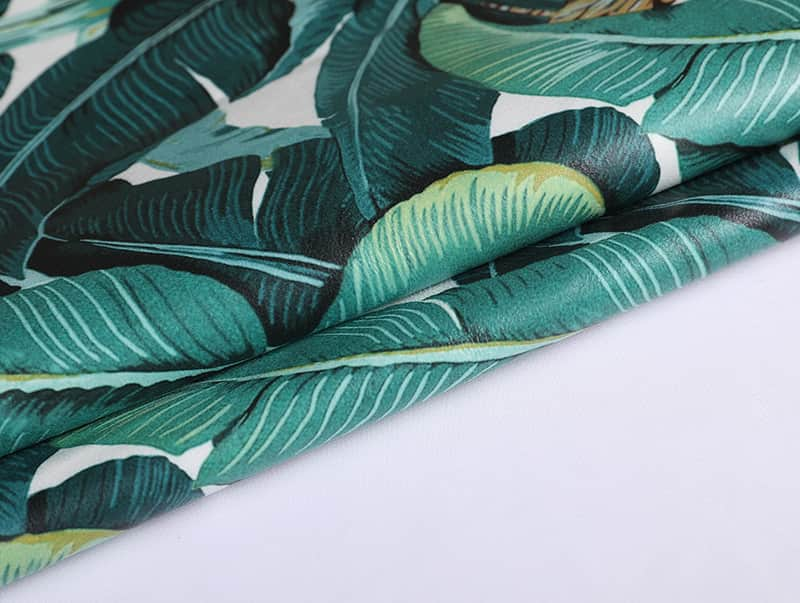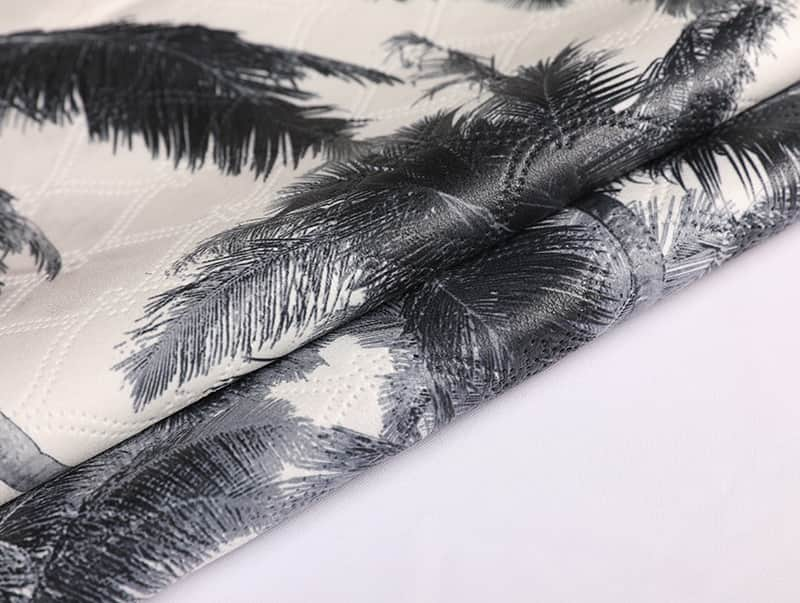When exploring synthetic alternatives to genuine leather, two terms often come up—faux leather and artificial leather base fabric. At first glance, they may seem interchangeable, and in casual usage, they frequently are. However, there are subtle yet important differences between the two, particularly when it comes to how they are manufactured and where they are used.
What Is Faux Leather?
Faux leather, also known as synthetic leather, is a finished product that replicates the appearance and texture of real leather. It is commonly used in furniture, fashion, automotive interiors, bags, and footwear. Faux leather is typically made by applying a plastic coating—usually polyurethane (PU) or polyvinyl chloride (PVC)—to a textile backing such as polyester, cotton, or microfiber.
This outer coating is embossed to simulate the natural grain of real leather and is often treated for additional qualities like water resistance, abrasion resistance, or UV protection. The end result is a ready-to-use material that serves as a direct substitute for animal leather in a wide range of consumer products.
What Is Artificial Leather Base Fabric?
Artificial leather base fabric refers to the textile substrate used as the foundational layer in the production of synthetic leather products like faux leather. It is not the final material seen in the finished product, but rather the structural component that gives faux leather its strength, flexibility, and durability.
This base fabric can be made from a variety of fibers, including:
Woven or nonwoven polyester
Cotton blends
Microfiber substrates
Once coated with PU, PVC, or another resin, the artificial leather base fabric becomes part of the multi-layered structure of faux leather. The performance of the finished faux leather product often depends significantly on the properties of the base fabric, such as its elasticity, tensile strength, and breathability.
Key Differences Between Faux Leather and Artificial Leather Base Fabric
| Feature | Faux Leather | Artificial Leather Base Fabric |
| Definition | Finished synthetic material that mimics leather | Textile foundation used in making faux leather |
| Function | End-use material for consumer products | Support layer in manufacturing process |
| Appearance | Resembles genuine leather | Does not resemble leather on its own |
| Manufacturing Stage | Final product or top-layer composite | Raw material used in lamination/coating |
| Visibility in Product | Visible outer surface of bags, furniture, etc. | Hidden layer beneath PU or PVC coating |
| Composition | Base fabric + plastic coating | Textile fabric only, no plastic coating |
Why the Difference Matters
For Manufacturers
Understanding the distinction is critical during product development. Choosing the right artificial leather base fabric can directly affect the mechanical properties and lifespan of the final faux leather. For example, a high-density nonwoven polyester base may offer superior tear resistance, while a soft knitted base might be better for flexible applications like apparel.
For Designers
When specifying materials, designers often refer to faux leather as the material choice. However, working closely with suppliers to understand the base fabric underneath the coating layer can help ensure that the final product meets the desired performance and aesthetic standards.
For Consumers
While most consumers interact only with the finished faux leather, being aware that different faux leather products may use different base fabrics explains why some feel softer, last longer, or are more resistant to cracking. Premium faux leather often incorporates a higher-quality base fabric.
Applications in Industry
Automotive Interiors: Use faux leather with durable artificial leather base fabric to ensure resistance to wear and temperature fluctuations.
Upholstery and Furniture: Base fabric selection affects the stretch and comfort of the faux leather used on sofas and chairs.
Fashion and Accessories: Bags and jackets benefit from lighter, more flexible base fabrics that still support a resilient outer coating.
Trends in Artificial Leather Base Fabric Development
With sustainability becoming a priority, many manufacturers are innovating in eco-friendly base fabrics, including those made from recycled polyester or biodegradable materials. These are paired with water-based PU coatings to create more environmentally responsible faux leather alternatives. Innovations in microfiber technology have also led to artificial leather base fabrics that closely mimic the texture and feel of real leather, further blurring the line between synthetic and natural materials.
While faux leather and artificial leather base fabric are closely related, they refer to different stages in the synthetic leather manufacturing process. Faux leather is the final, coated product ready for consumer use, while artificial leather base fabric is the foundation material that gives faux leather its structural integrity and performance characteristics.
Knowing the distinction can lead to better material choices in design and manufacturing, and greater awareness for consumers seeking quality and durability in synthetic leather products. Whether you’re selecting a material for a fashion line or outfitting commercial interiors, understanding the role of the base fabric can help you achieve a superior outcome with faux leather.
